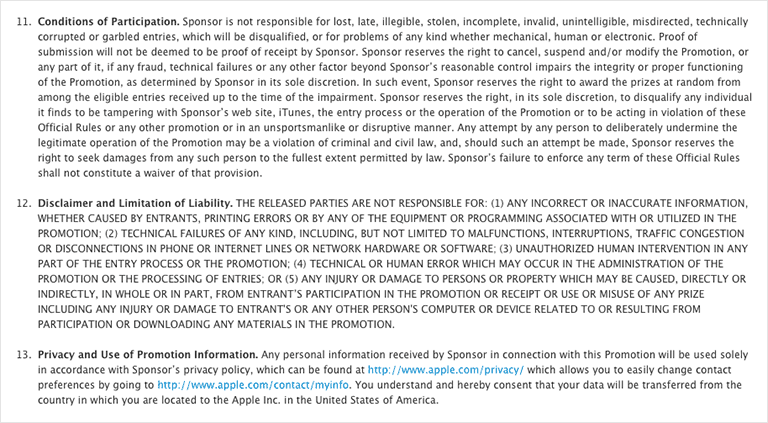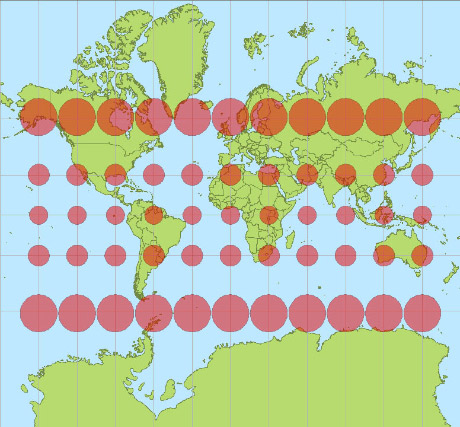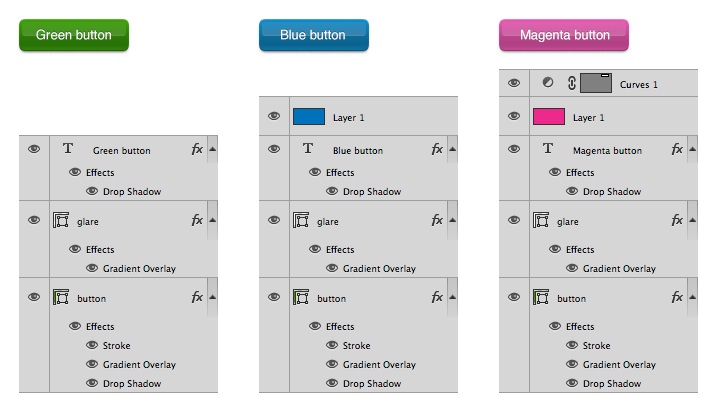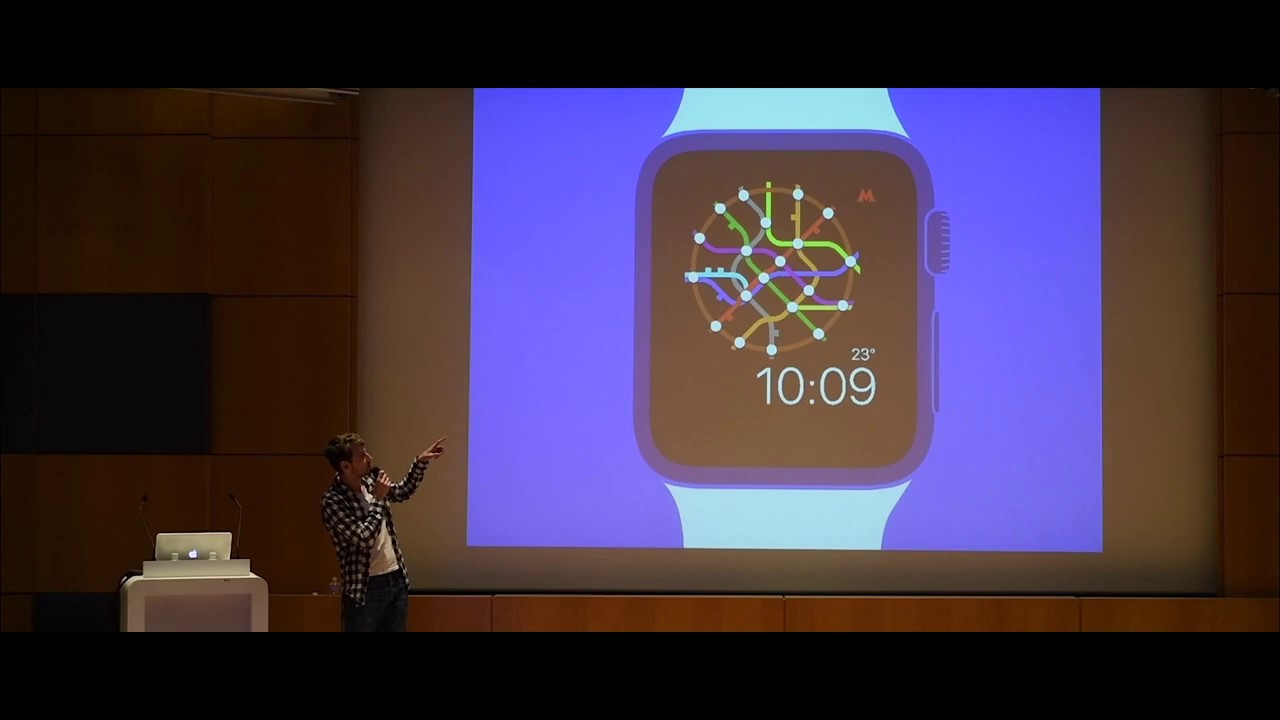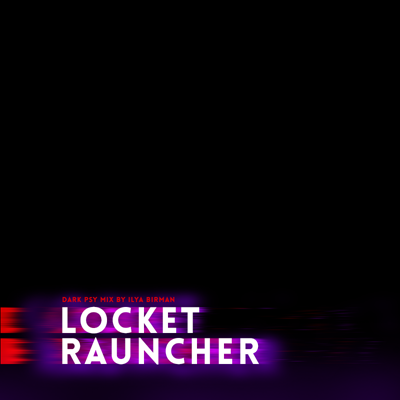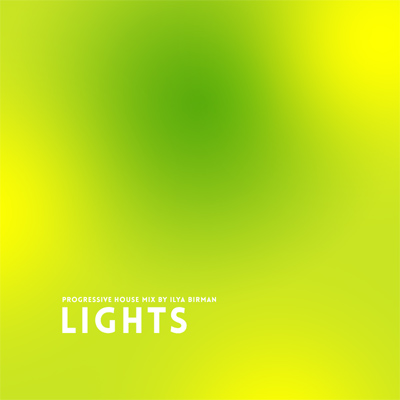So this thing, Brick. What is it? It says:
Webfonts that actually look good.
So it is a list of good fonts for the web? A collection of them? A book on them?
There is no explanation .There is no About link. There are just two buttons: “Get stated” and “Browse fonts”. So presumably I get started with the fonts by doing something else than browsing them.
Below, I see a heading: “Why Brick?” Wait, first of all what is Brick? The question “Why Brick” makes no sense to me. It says: “Beautiful”. What is beautiful? The fonts? The website?
We don’t modify or subset the font in any way, so they are rendered the way they were meant to be seen.
That is amazing now that I know what you don’t do. But what do you do? Why do you even say that you don’t modify or subset the font? I mean, me too, I don’t modify or subset fonts either. Heck, I should put it on my frontpage! (Is it what everybody else does?)
It then says: “Fast”.
Brick is served to your users through Fastly’s industry-leading CDN network throughout.
OK, so Brick is served to my users. Why?
It then says: “Open source”. Ok, this probably explains why I can’t figure it out. Anyway, having no other option, clueless and confused I click “Get started”.
And I end up on Github. And the project description starts with — wait for it —
Brick was built to be easy-to-use.
I bet. But I have no fucking clue what Brick is.
Web design 101: Use nouns to describe things.
